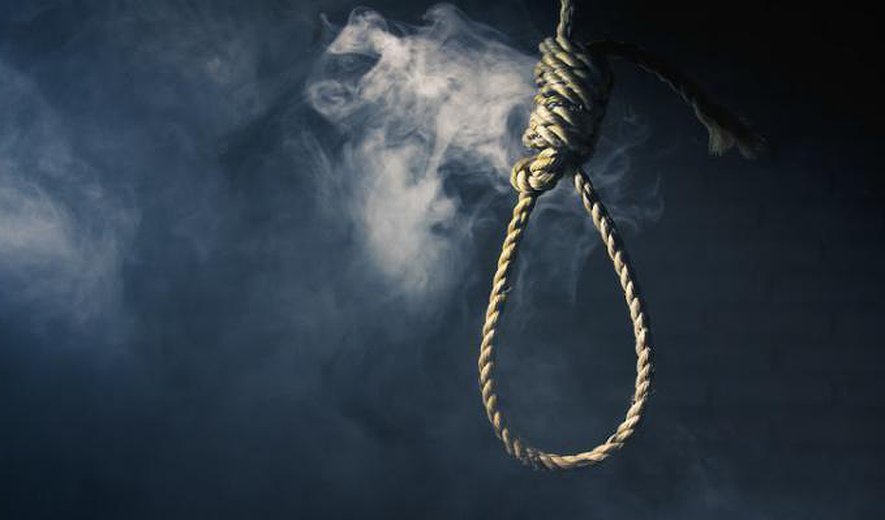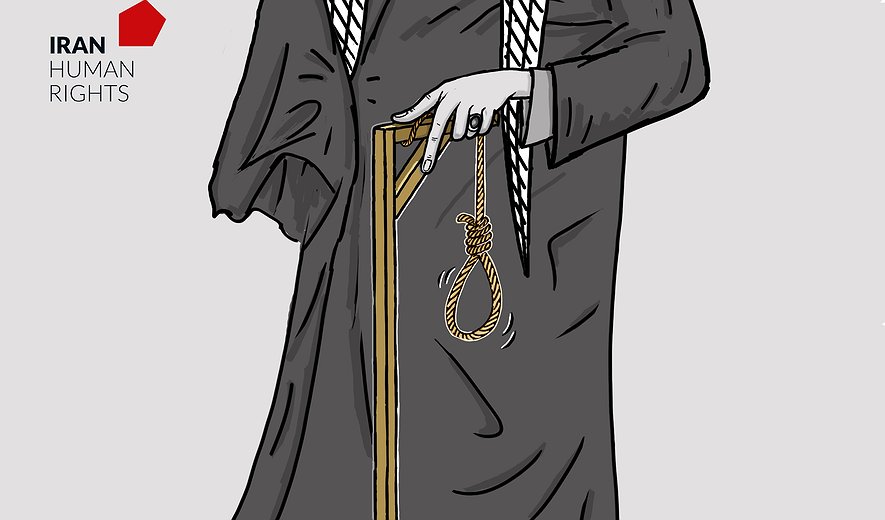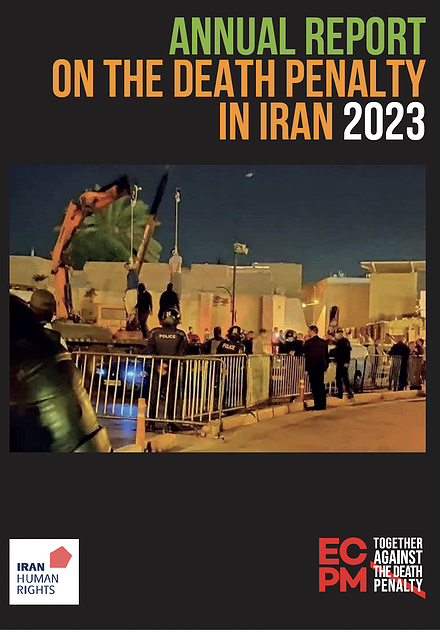Juvenile Offender Sasan. M at Risk of Execution in Ahvaz

Iran Human Rights (IHRNGO); May 4, 2022: A juvenile offender only identified as Sasan. M who is alleged to have committed murder at 17, is at risk of execution due to being unable to pay the diya (blood money) in Sepidar Prison, Ahvaz.
According to Rokna, Sasan. M has been convicted of committing murder while playing football in Ahvaz when he was 17 years old.
In the initial interrogations following arrest, he said: “We were playing football in the park at 7pm when the victim entered the park in simple clothes and started swearing at us telling us to stop the football game or I’ll beat you. I swore at him too and ran away. The victim ran after me and slapped me across the face and pulled a knife out. He threw the knife at me, which I dodged and stabbed him with the knife I had in my pocket.”
Sasan spent a year in youth correctional facilities before being transferred to Sepidar Prison in Ahvaz almost four years ago.
The victim’s family are willing to accept the sum of 500 million tomans as diya (blood money) instead of retribution. Sasan cannot afford to pay the demanded sum so has asked the victim’s family to execute him as soon as possible.
Sasan’s mother said: “Everything started on that awful day. Sasan had gone to play football in the park near our house. A mass fight breaks out in the park and Amin. A was killed. Now I don’t know who stabbed him.”
“My son has a letter from the Legal Medical Organisation. In his legal medical report, it says he has personality disorder. There was a fight which they’re trying to blame my son for. When Sasan was born, he wasn’t fully mentally developed. My son called me yesterday and told me he had gone to the head of the sentencing implementations and told them that we don’t have the money for the diya, why isn’t the victim’s family carrying out my retribution?” she added.
Iran is one of the few countries in the world that still carries out the death penalty for juvenile offenders. The International Covenant on Civil and Political Rights which the Islamic Republic is a signatory to, prohibits the issuance and implementation of the death penalty for crimes committed by an individual below 18 years of age.
The Convention on the Rights of the Child, which the Islamic Republic is also a signatory to, explicitly states that “Neither capital punishment nor life imprisonment without possibility of release shall be imposed for offences committed by persons below eighteen years of age.” However, the new Islamic Penal Code adopted in 2013 explicitly defines the “age of criminal responsibility” for children as the age of maturity under Sharia law, meaning that girls over 9 lunar years of age and boys over 15 lunar years of age are eligible for execution if convicted of “crimes against God” (such as apostasy) or “retribution crimes” (such as murder).
According to data collected by IHR and international human rights organisations, the Islamic Republic is responsible for more than 70% of all executions of juvenile offenders in the last 30 years. IHR’s statistics also show that at least 63 juvenile offenders have been executed in Iran over the past 10 years, with at least six being executed in 2018, four in 2019 and two in 2020.
Given the security state and repression of civil society activists and the limited contact with prisoners, it is likely that the number of juvenile executions is much higher than recorded.

